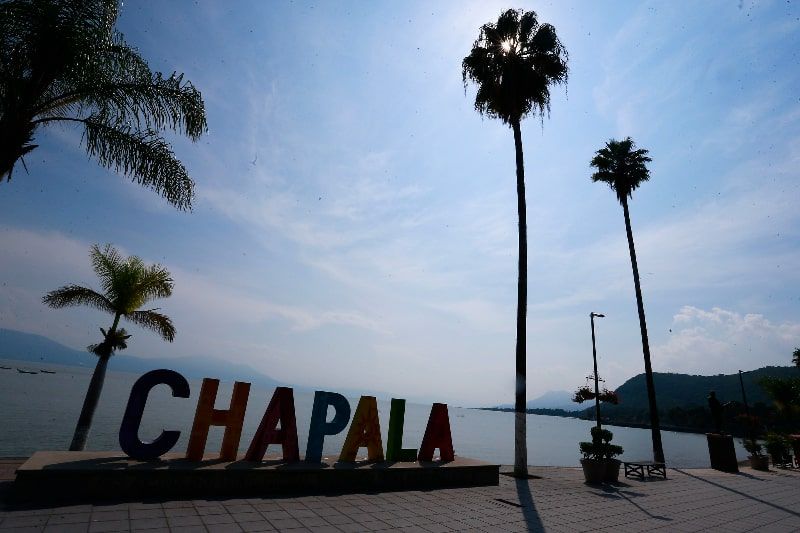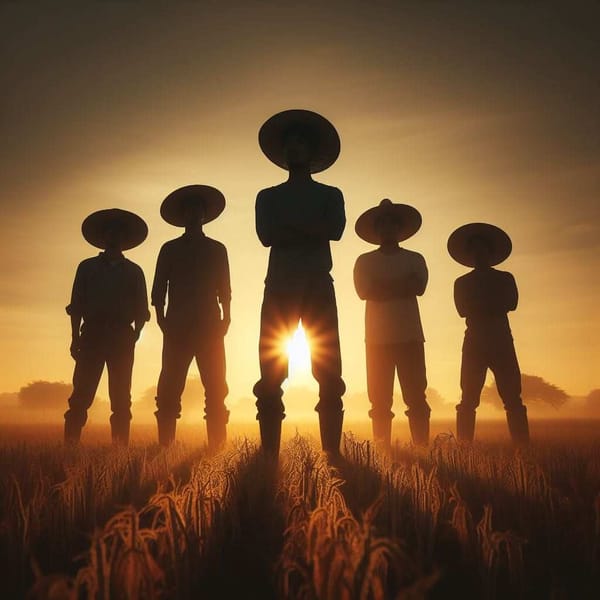The Chapala Lakeside in Guadalajara, Jalisco, Mexico
Chapala is one of the 125 municipalities in which the Mexican state of Jalisco is divided. Its capital is the city of Chapala, located next to the lake of the same name, after which it is named.

Chapala is 48 km from Guadalajara and is the largest natural lake in the Mexican Republic with an area of 114,569 hectares, (of which Jalisco occupies 86% and Michoacán 14%) and an extension of 78.5 km. in length and 20.5 km. in its widest part.
Chapala has become a tourist paradise because of the beauty of its landscapes, and its typical cuisine, but above all, because it is surrounded by a mosaic of typically Mexican towns. In addition, the destination is nominated by National Geographic as one of the best climates in the world, because 365 days a year the Chapala Lakeside enjoys an average temperature of 28 degrees Celsius.
Lake Chapala offers an endless number of recreational and leisure activities for residents and visitors, such as walks, hikes, sailing, water skiing, golf, tennis, and horseback riding, among others. On the shores of the lake, there are stalls, markets, galleries, and craft workshops where it is easy to find antiques, furniture, tapestries, glass objects, lamps, wrought iron furniture, masks, and ceramics, jewelry, art and crafts of all kinds.
The Lake Chapala area is one of the best places in the country to buy quality art and crafts. Along the lake, there are several towns such as Chapala, famous for its textile production; Chula Vista, and San Juan Cosala, whose main attractions are the hot springs.
Ajijic, another town, has a unique rustic atmosphere and an interesting community of artists; the picturesque town is characterized by its adobe and tile gabled roofs and elegant country houses, as well as cobblestone streets, a beach with a pier, and many handicraft stores.
In its interior is the Isla de los Alacranes with its delicious restaurants and Mezcala Island called El Presidio for its fortified construction used by the insurgents in the final stage of the War of Independence, whose Renaissance style ruins are still preserved.




